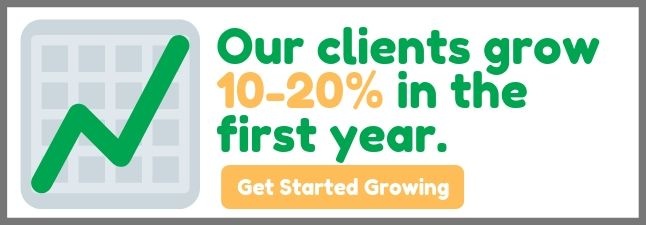Posted by Todd Hockenberry ● May 03, 2012
Calls to Action and Landing Pages Drive Inbound Marketing Results
Calls to action and landing pages are an important part of an effective inbound marketing strategy. Calls to actions are offers for your buying cycle. They are something on your website that asks visitors to preform an action. A call to action could be a button that asks visitors to click it to learn more, or to get some piece of content. The call to action ideally leads to a landing page where there is more information about the offer and a form to fill out.
Back to ABC plumbing, who would like to offer visitors to their website $10 off drain cleaning if they sign up for their mailing list. The call to action could be a button that says, "Click here for $10 off drain cleaning." Once a visitor clicks the CTA, they would be linked to a landing page that explains the details of the offer and has a form for them to sign up for the mailing list.
Your CTA can appear anywhere on your website, but not all placements are created equal. CTA placement should be "above the fold," mean it should be appear on the top part of the page that you do not need to scroll to see. You should also take into account how often a CTA will be viewed if on a page. Placing a CTA in a blog post is usually a good placement because blog posts are new content that is, hopefully, attracting readers. A CTA on a page with three page views a month is probably not a good placement.
When designing your CTA there are some rules of thumb to follow. First, your CTA should be clickable, have it link to a landing page. A CTA should also indicate a specific action. If you want visitors to click it and download a piece of content say, "Click here to download the report." Using images, contrasting colors, and numbers are also good tips to keep in mind when creating a CTA.
And don't forget to test it! Experiment with different colors and wording to find the combinations that work best and have the highest conversion rate.





